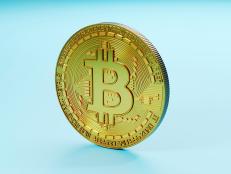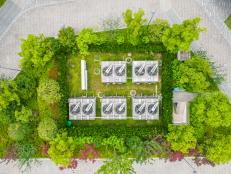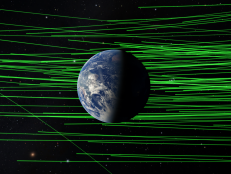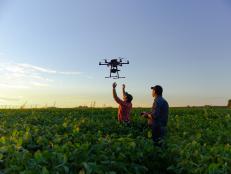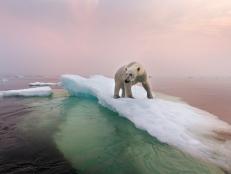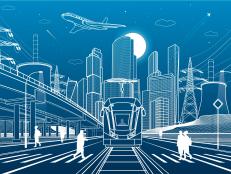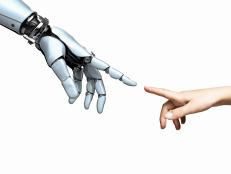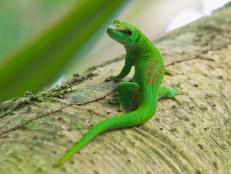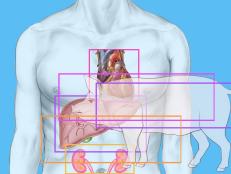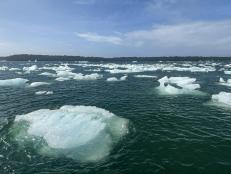All Science Articles
Showing 31 - 45 of 341 results
Strange Flat-Faced Dinosaur Fossil is Discovered in Egypt
Scientists in Egypt have uncovered an odd-looking dinosaur with smaller teeth, stumpy arms, and a squashed face similar to a bulldog.
Bitcoin Code Switch Could Clean Up Crypto’s Dirty Image
Bitcoin has been told to clean up its act and drastically cut its environmental impact for the sake of the planet. Annual energy use for the Bitcoin blockchain is estimated to be more than Sweden’s national total. But campaigners say a simple software fix could slash its power use.
Air Conditioning: Reinventing Cool Technology to Reduce Climate Change
Air conditioning (AC) units have become an essential part of modern life, but this simple refrigeration technology has remained relatively unchanged since the 1940s. As climate change effects like rising temperatures and heat waves encourage more AC use, the increase in energy needed to cool us down could easily accelerate climate change.
Saving Earth from Killer Asteroids
Only about 40% of an estimated 25,000 near-Earth asteroids with the potential to destroy the planet have been detected. Scientist Dr. Ed Lu, along with his nonprofit B612 are working to create a way to detect the other 60%.
Mining e-Waste to Recover Precious Metals and Save the Planet
Electronic waste, or e-waste, has reached unsustainable levels. More efforts are needed to reclaim precious metals from discarded laptops and smartphones.
Food Growers Use AI and Robotics to Tackle Pest Problem
Farmers around the world face serious challenges in growing food more effectively. Climate warming increases the risk of crop damage from insects, fungi, and bacteria. So to manage the threat farms are turning to artificial intelligence (AI), robotics, and computer vision to target pests more effectively.
Ultraviolet Light Could Be the Answer to Future Disease Outbreaks
Coronavirus and the pandemic have made people hyper-aware of reducing their exposure to infection indoors by wearing masks, ventilating rooms, and social distancing. But a new way of using ultraviolet light to kill microbes could rapidly reduce virus particles in public spaces and help prevent future disease outbreaks.
Polar Heatwaves Raise Alarm On Ice Melt and Sea Level Rise
Polar heatwaves in the Arctic and Antarctic have climate scientists concerned about the possibility of rapid climate breakdown. Soaring seasonal temperatures of 40 degrees Celsius above normal in Antarctica and more than 20 Celsius in the Arctic could be a sign of cataclysmic shifts in both regions.
Waste Heat Can Be Transformed Into Abundant Clean Electricity
Waste heat is a worldwide energy problem most people have probably never heard about. Every machine and power station, even renewable energy like wind and solar, creates heat that is simply lost in the atmosphere. Thankfully, scientists and engineers are devoted to capturing heat and transforming it into useful electricity.
Robots Imitate Life to Create Better Versions of Themselves
Robots have always imitated life. Social androids powered by artificial intelligence have now reached a level where they may be ready to work in shops, airports, and care homes. But an entirely new class of robots is being developed that can grow, evolve, and even reproduce.
Plucking CO2 from the Air Could Decarbonize Food, Fuel, and Fashion
Products made from carbon dioxide (CO2) captured from the atmosphere are part of a fast-growing trend to decarbonize nearly everything we use. Food, drink, fuel, and plastics can all be made using CO2 from the air. And recycling carbon could create a circular economy that vastly reduces pollution and waste.
How a Lizard Loses Its Tail (and More Importantly, Keeps it Attached)
Thanks to a complex internal structure, lizards can shed a tail in a pinch… yet keep their tails attached when they need them.
Drone Images of Coastal Kelp Show Recovery is Possible
California’s coastal kelp forests could be making a welcome revival. Drone images show seaweed beds recovering along the north coast in Mendocino and Sonoma counties.
The First Person to Receive a Heart Transplant from a Pig Survived 2 Months
After the U.S. man received the first successful transplant of its kind, a Maryland hospital reported his death today.
Melting Glaciers Could Flood Society with Problems
Earth’s glaciers are both a precious resource and a fragile ecosystem that is disappearing quickly due to global warming. Scientists warn that glaciers will vanish from the mainland US within decades. And their rapid melting is dangerous to society and the natural systems we rely on.










